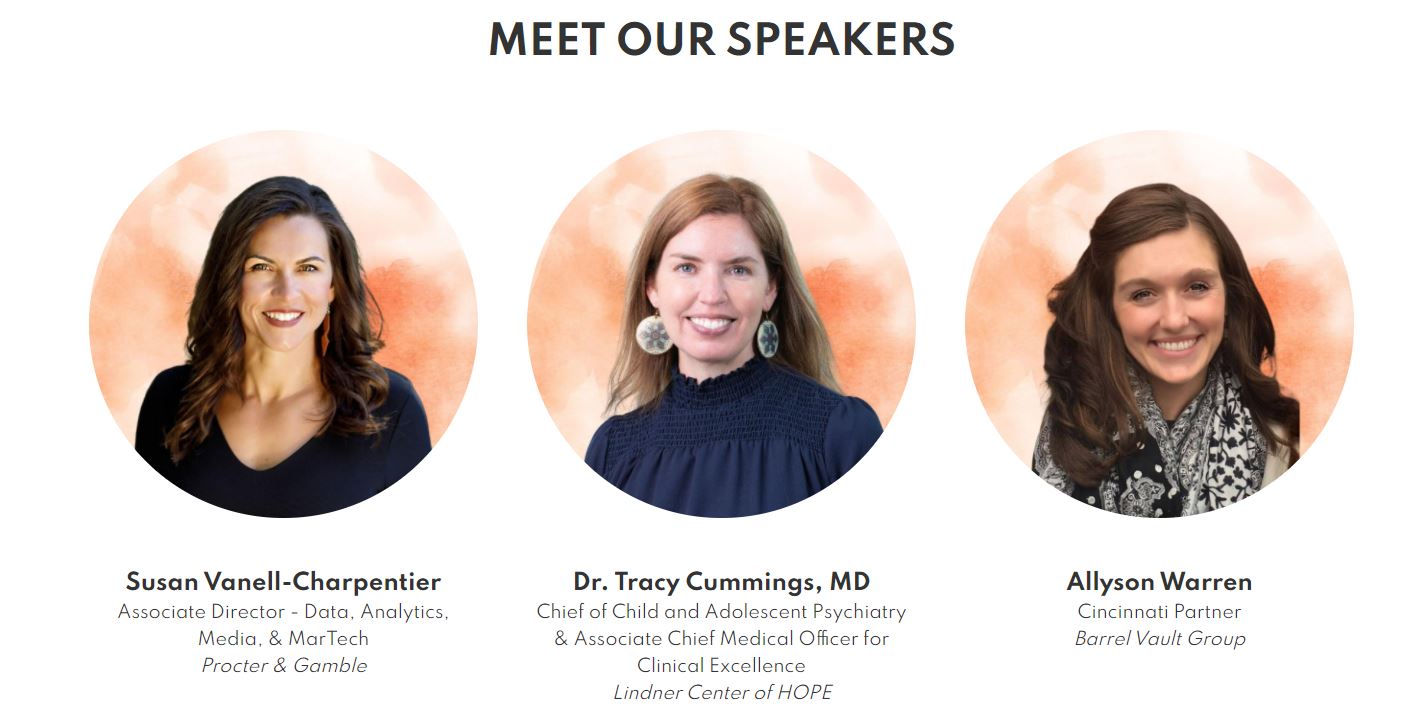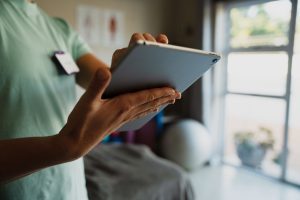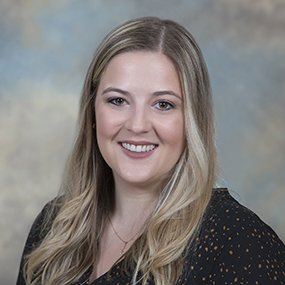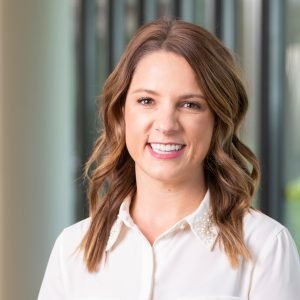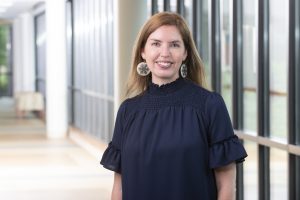 Lindner Center of HOPE is offering three upcoming opportunities to become more informed and engaged in increasing awareness of eating disorders. National Eating Disorders Awareness Week (NEDAwareness Week) is February 21-27, 2022.
Lindner Center of HOPE is offering three upcoming opportunities to become more informed and engaged in increasing awareness of eating disorders. National Eating Disorders Awareness Week (NEDAwareness Week) is February 21-27, 2022.
February 8 – Free Webcast Discussing Eating Disorders versus Disordered Eating
Lindner Center of HOPE is offering four free webcasts in 2022. The webcasts are part of our Exploring Mental Health Series and offer 1 CEU to participants interested in credits.
The first webcast will be February 8, 2022, 5:30-6:30pm EST, presented by Allison Mecca, PsyD, Lindner Center of HOPE, Staff Psychologist, on Eating Disorder or Disordered Eating: What’s the Difference?
Register at: https://lindnercenterofhope.org/news/events/eating-disorder/
February 22 (and all of February) – Sonder Brewing Benefit for Harold C. Schott Foundation Eating Disorders Program
Givin’ on a Prayer is a program to benefit charitable causes established by Sonder Brewing.
Sonder Brewing in Mason for the month of February, 10% of all Sequel Cherry Seltzer
Draft sales will benefit Lindner Center of HOPE’s Harold C. Schott Foundation Eating Disorders Program.
Tuesday, February 22nd Lindner Center of HOPE will receive 20% of Sequel Cherry Seltzer draft sales.
Funds raised through the sales and donations being collected at Sonder will help the program:
- Purchase equipment and technology to monitor patient’s nutritional intake/weight through use of telehealth services
- Expand our eating disorder program library
- Fund ongoing staff training
- Fund patient scholarships
February 24 – Free Virtual Documentary Viewing and Discussion
The Harold C. Schott Foundation Eating Disorders Program at Lindner Center of HOPE is hosting a FREE virtual viewing of the documentary Behind the Before and After: Intuitive Eating and Body Image in honor of Eating Disorders Awareness Week.
A discussion facilitated by Lindner Center of HOPE clinicians will follow to deconstruct the pressure to diet and discuss how to pursue more attainable physical and psychological health.
This event will be run virtually through Zoom (details sent with RSVP email confirmation).
Thursday, February 24, 2022 at 6:00PM EST.
RSVP at https://lindnercenter.ejoinme.org/behind-the-before
The Harold C. Schott Foundation Eating Disorders Program at Lindner Center of HOPE offers a disciplined approach to eating disorder treatment that combines psychiatric management, psychotherapy, nutritional services, and family engagement throughout the entire process. Board certified clinicians offer the wisdom, compassion and proven treatment modalities to successfully treat complex illnesses such as eating disorders, returning patients, and their loved ones, to more fulfilling lives.
Lindner Center of HOPE in Mason is a comprehensive mental health center providing excellent, patient-centered, scientifically-advanced care for individuals suffering with mental illness. A state-of-the-science, mental health center and charter member of the National Network of Depression Centers, the Center provides psychiatric hospitalization and partial hospitalization for individuals age 12-years-old and older, outpatient services for all ages, diagnostic services for all ages and short-term residential services for adults, and research. The Center is enhanced by its partnership with UC Health as its clinicians are ranked among the best providers locally, nationally and internationally. Together Lindner Center of HOPE and UC Health offer a true system of mental health care in the Greater Cincinnati area and across the country. The Center is also affiliated with the University of Cincinnati (UC) College of Medicine.
###




